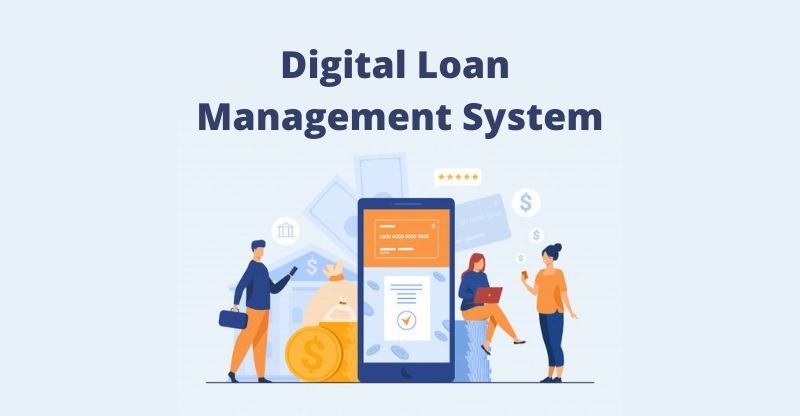At our company, we understand the challenges individuals face when dealing with loan defaults. A loan default occurs when a borrower fails to meet the agreed repayment terms, which can significantly impact financial stability and creditworthiness. If you’re experiencing this, it’s crucial to address the situation promptly and strategically. In this comprehensive guide, we will explore effective strategies to manage loan defaults and pave the way toward reclaiming your financial footing.
Understanding Loan Defaults
Loan defaults can arise due to various reasons such as unexpected financial hardships, job loss, medical emergencies, or overspending. When a borrower defaults on a loan, it negatively affects their credit score and could lead to legal actions by lenders or debt collectors. It’s essential to acknowledge the situation promptly to prevent further repercussions.
Assessing the Situation
The initial step in managing loan defaults involves a thorough assessment of your financial status. Begin by reviewing all outstanding debts, identifying the defaulting loans, and understanding the terms and conditions associated with each. Create a detailed list of creditors, outstanding balances, interest rates, and payment deadlines. This assessment provides a clear picture of your financial obligations and helps in devising a strategic plan moving forward.
Open Communication with Lenders
Communication is pivotal in navigating loan defaults. Initiate contact with your lenders or creditors to explain the situation honestly. Many financial institutions offer options for borrowers facing difficulties, such as restructuring the repayment schedule, negotiating reduced interest rates, or entering into a debt consolidation plan. Explaining your circumstances may open doors to alternative solutions that can ease the financial burden.
Creating a Budget and Financial Plan
Developing a comprehensive budget is crucial in managing loan defaults. Assess your income sources, including salaries, side hustles, or passive income streams, and allocate funds towards essential expenses and debt repayments. Cut down unnecessary expenditures and redirect those savings toward clearing outstanding debts. Additionally, consider seeking professional financial advice to create a personalized financial plan tailored to your situation.
Exploring Debt Repayment Options
Explore various debt repayment strategies to address loan defaults effectively. Prioritize paying off high-interest debts first while making minimum payments on other accounts. The snowball or avalanche method can be beneficial – the snowball method involves paying off the smallest debt first, while the avalanche method focuses on high-interest debts. Choose the strategy that aligns best with your financial situation.
Seeking Professional Assistance
Seeking guidance from financial advisors, credit counselors, or debt management professionals can provide valuable insights and strategies for managing loan defaults. These experts can negotiate with lenders on your behalf, offer advice on budgeting, and provide tailored solutions to improve your financial standing.
Rebuilding Credit and Financial Health
Recovering from loan defaults involves rebuilding your credit and financial health. Consistently making timely payments on remaining debts, reducing credit card balances, and avoiding new debts are crucial steps. Consider applying for secured credit cards or small loans to demonstrate responsible financial behavior, gradually rebuilding your credit score over time.
Conclusion
Managing loan defaults can be a challenging journey, but it’s not insurmountable. By taking proactive steps, communicating openly with lenders, creating a comprehensive financial plan, and seeking professional guidance, individuals can navigate through this tough situation and regain financial stability.
